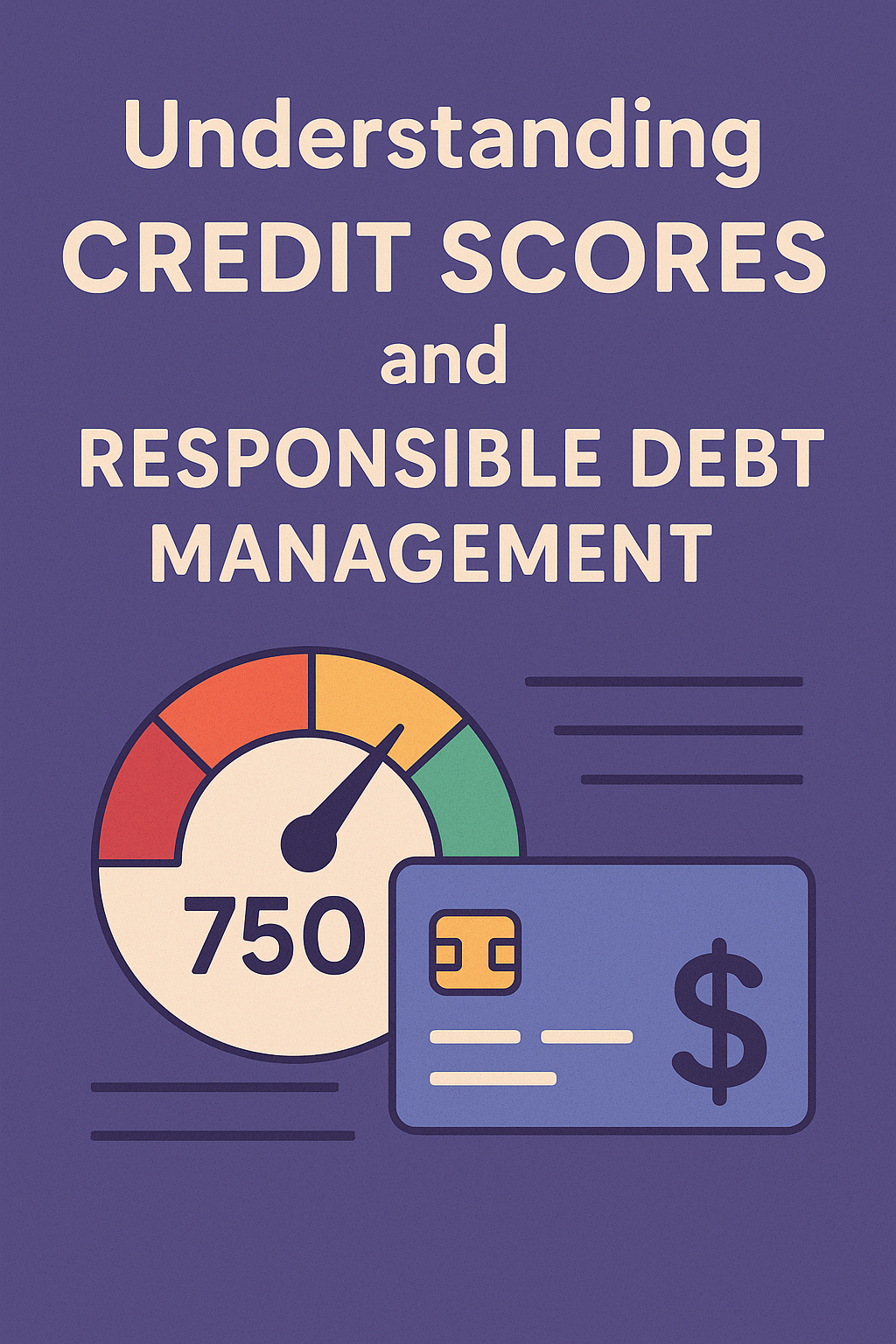5 Smart Tricks to Save on Insurance Premiums Without Reducing Benefits


Insurance is one of those things we all need but often dread paying for. Whether it’s health, auto, or home insurance, premiums can take a big bite out of your monthly budget. The good news? There are practical and safe ways to cut costs—without sacrificing the protection you and your family rely on.
In this post, I’ll share five smart tricks to save on insurance premiums without reducing benefits. These are strategies I’ve personally tested, researched, and learned through years of trial and error.
Disclaimer: This article is for general informational purposes only. I’m not a certified financial advisor or insurance agent. Please consult a licensed professional before making decisions about your insurance.
Why Saving on Insurance Matters
Think about it: insurance is designed to give peace of mind, not financial stress. According to data from the National Association of Insurance Commissioners (NAIC), the average American spends over $3,000 per year on health insurance premiums alone, not including auto or home coverage. That’s a huge chunk of income—so finding ways to save matters.
But here’s the key: cutting costs doesn’t mean cutting corners. The right strategies help you save while keeping your full coverage intact.
1. Bundle Your Policies
One of the simplest tricks? Bundle multiple policies with the same insurer. For example, if you buy both auto and home insurance from the same company, many providers give discounts ranging from 5% to 25%.
This works because insurers reward loyalty and risk consolidation. I once combined my renter’s insurance and auto policy under one provider, and the savings covered a month of groceries.
💡 Pro tip: Always compare bundled quotes to stand-alone policies. Sometimes, separate policies might still be cheaper, depending on providers.
2. Increase Your Deductible (But Do It Wisely)
Deductibles are the amount you pay out of pocket before insurance kicks in. By raising your deductible, you can significantly lower monthly premiums.
For example, if your auto insurance deductible increases from $500 to $1,000, you might save 10–20% annually on premiums.
⚠️ But here’s the catch: Don’t raise your deductible higher than what you could comfortably afford in an emergency. It’s about balance, not extremes.
3. Take Advantage of Discounts You Already Qualify For
Insurance companies offer more discounts than most people realize:
- Safe driver discounts for clean driving records
- Good student discounts for young drivers with high grades
- Home safety discounts if you have smoke detectors, alarms, or smart security systems
- Wellness program discounts if you join a health insurer’s preventive care program
I once discovered I qualified for a “low mileage discount” on my auto policy just because I worked from home. That single change shaved $200 off my yearly premium.
👉 Always ask your insurer for a full list of available discounts. Sometimes, they don’t automatically apply them unless you request it.
4. Shop Around and Compare Quotes Annually
Insurance prices aren’t static—they fluctuate every year based on market data, company risk models, and even regional factors. That’s why sticking with the same company forever may not always be the cheapest choice.
According to a J.D. Power survey, customers who shopped around annually saved an average of $356 per year on auto insurance.
📌 What to do:
- Compare quotes online once a year
- Check both big names (State Farm, Allstate) and regional insurers
- Don’t be afraid to switch if the savings are significant
Beyond tax-advantaged accounts, some people also explore assets like precious metals to balance their portfolios. If you’re curious, check out our guide on how to invest in gold safely to preserve your wealth
5. Improve Your Credit Score and Lifestyle
Did you know your credit score can affect your insurance rates? Many insurers use it as part of their risk assessment. A higher score can mean lower premiums because you’re seen as less likely to file claims.
Similarly, lifestyle changes—like quitting smoking—can lower health or life insurance premiums by up to 20–40% over time.
These are long-term strategies, but they don’t just save you money; they also improve your overall financial and personal health.
FAQ: Insurance Savings Simplified
Q1: Can I lower insurance premiums without losing coverage?
Yes! Bundling, raising deductibles responsibly, and claiming discounts can reduce costs while keeping your benefits intact.
Q2: Is switching insurance companies risky?
Not really. As long as you avoid gaps in coverage, switching can actually boost savings and benefits.
Q3: Should I always raise my deductible to save money?
Not always. Raise it only if you can afford the out-of-pocket costs in case of a claim.
Q4: How often should I shop for insurance quotes?
At least once a year, or after major life changes (buying a car, moving, marriage, etc.).
Q5: What’s the safest way to save on insurance long-term?
Focus on building a strong financial profile (good credit score, healthy lifestyle) and keep policies updated with accurate information.
For a deeper dive into international tax strategies, you can explore OECD’s official resources
Final Thoughts
Saving on insurance premiums doesn’t mean cutting your safety net. By applying these five smart tricks, you can reduce your monthly bills while keeping the coverage you need.
The key is to stay proactive: review policies, ask about discounts, and compare options regularly. Over time, these small steps can add up to meaningful savings without reducing your peace of mind.





